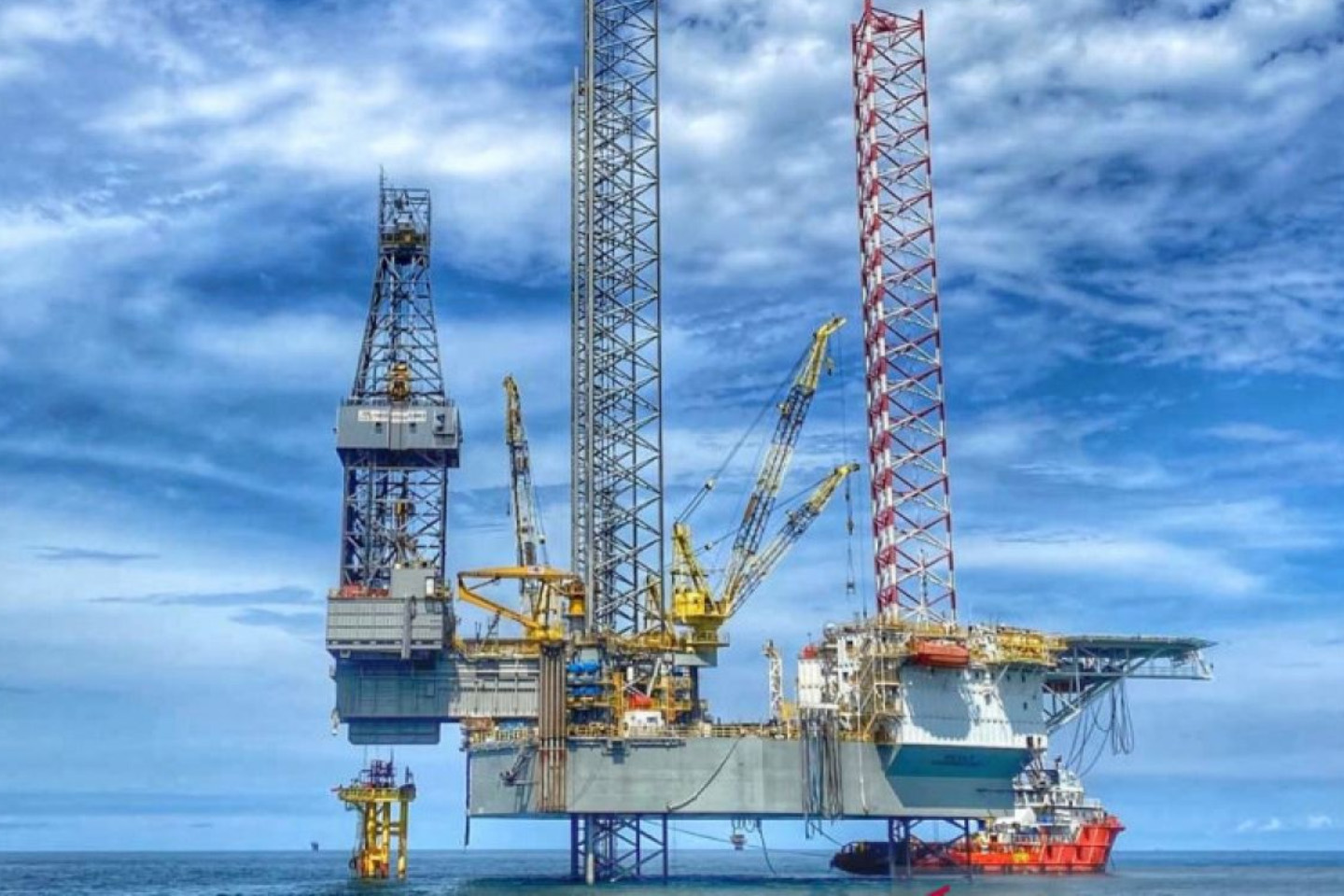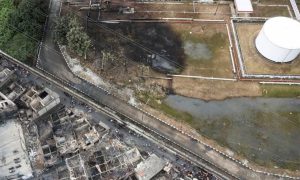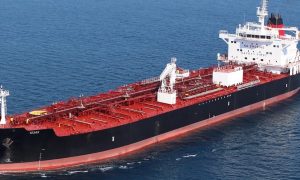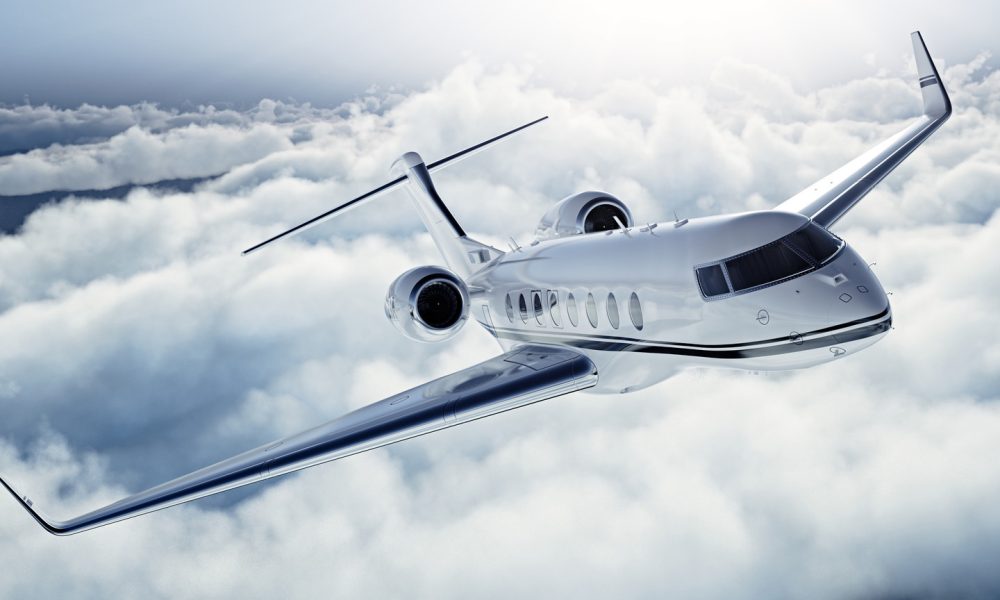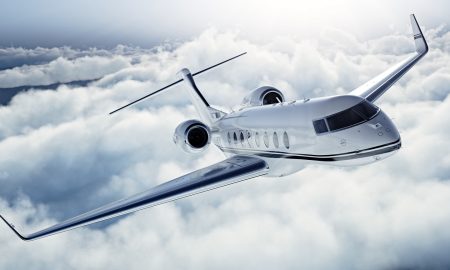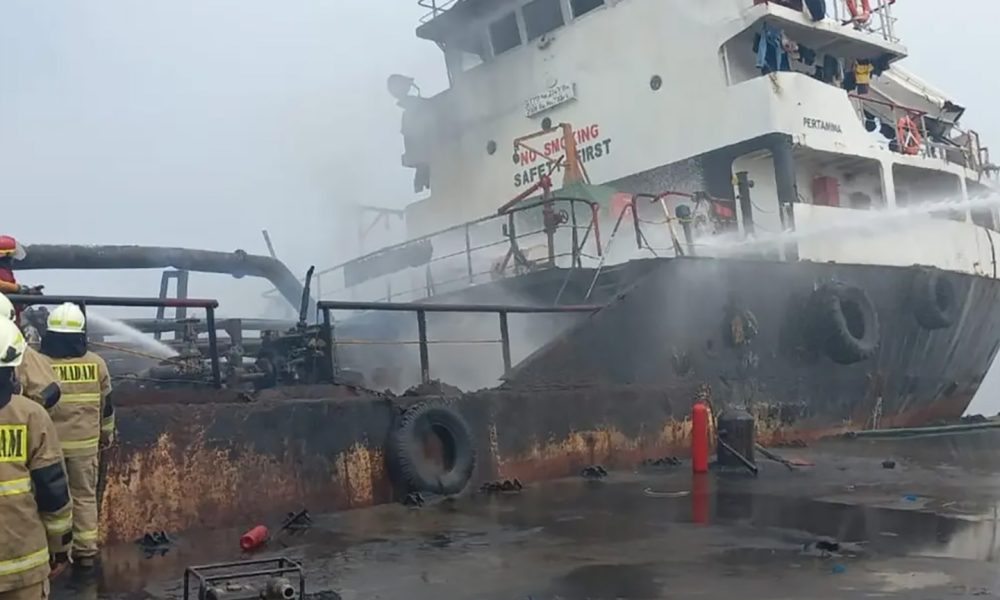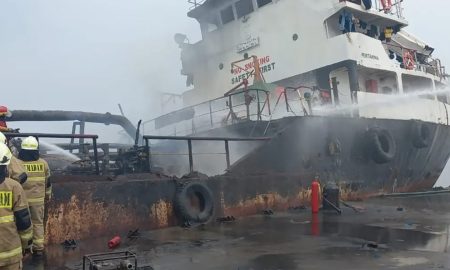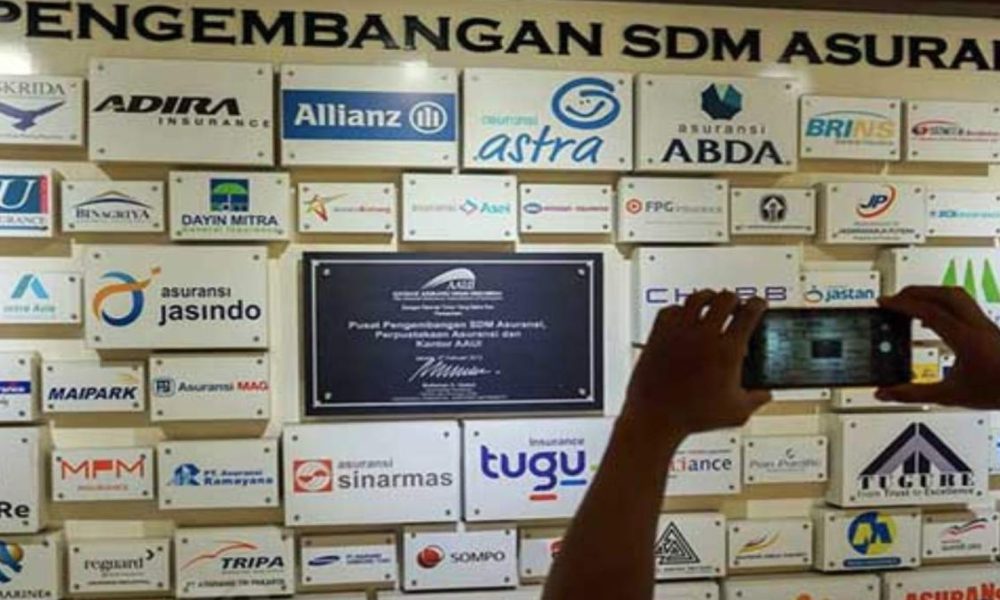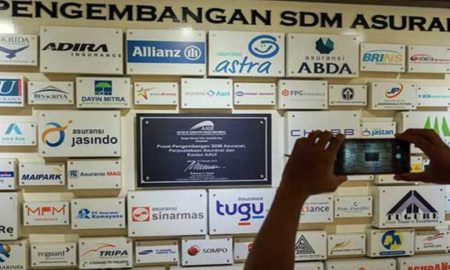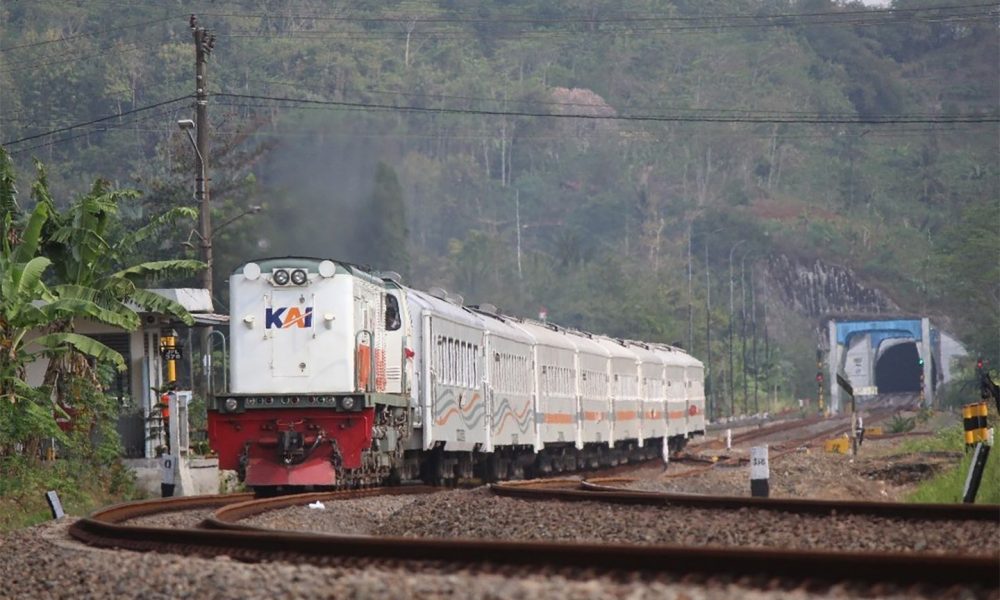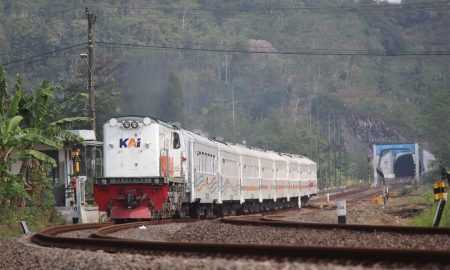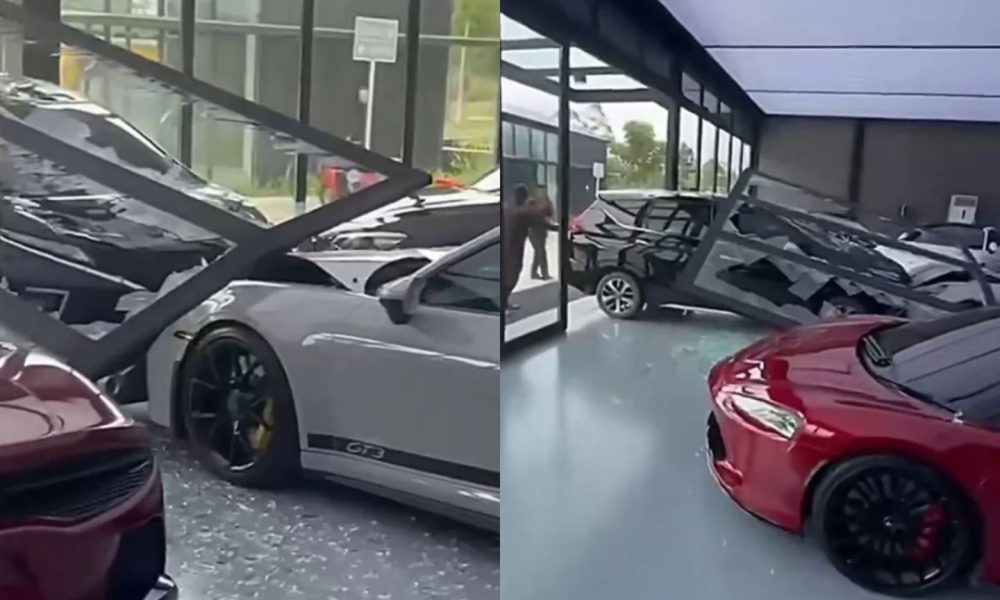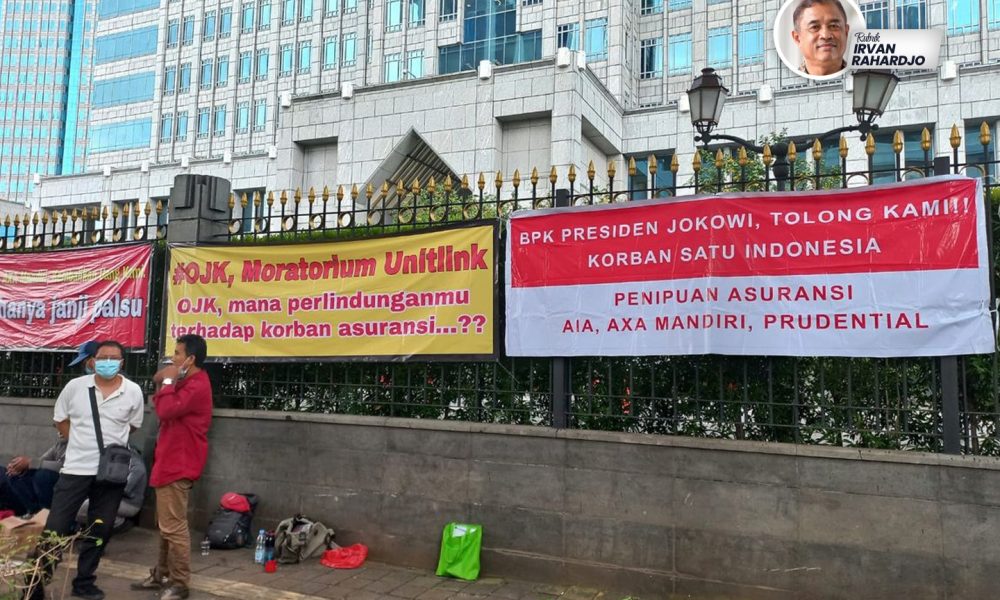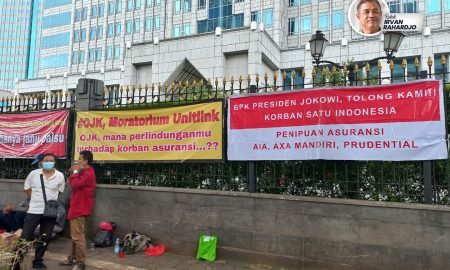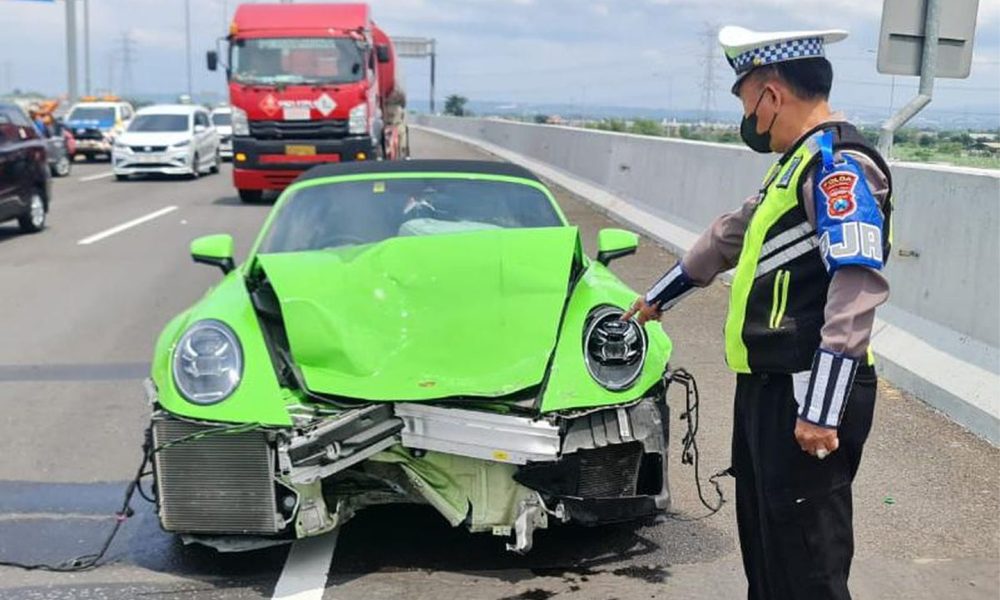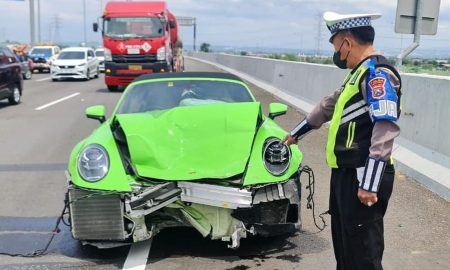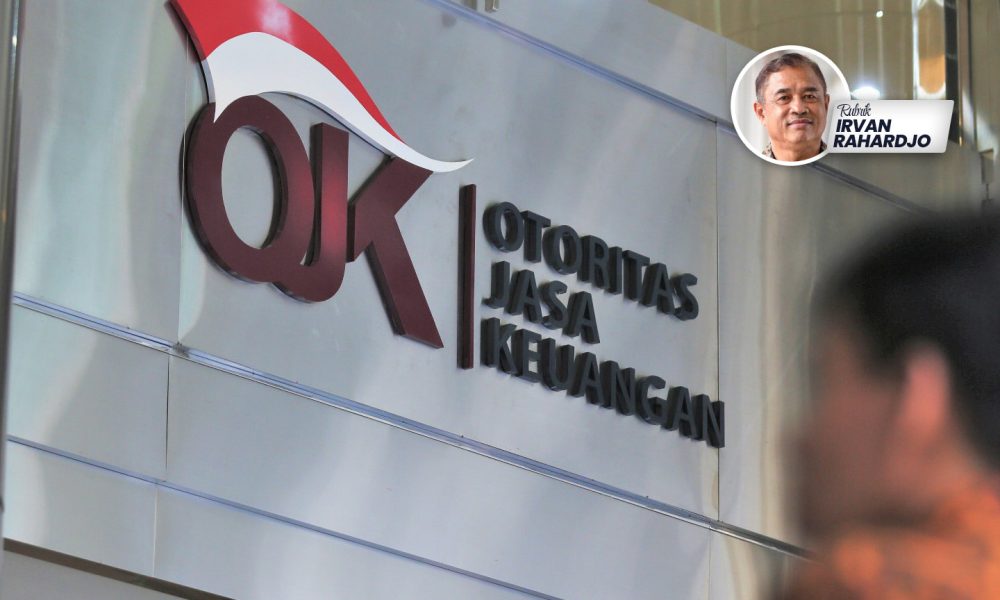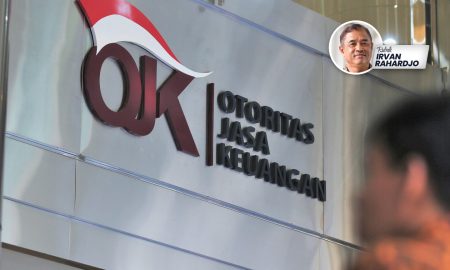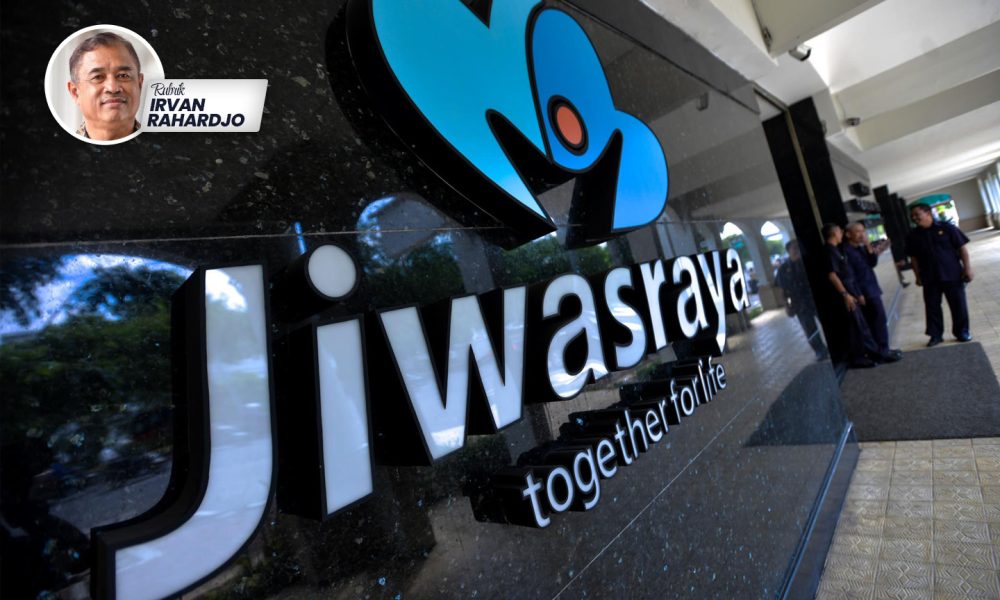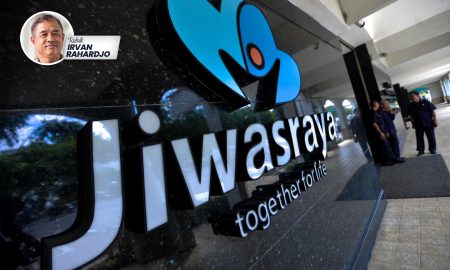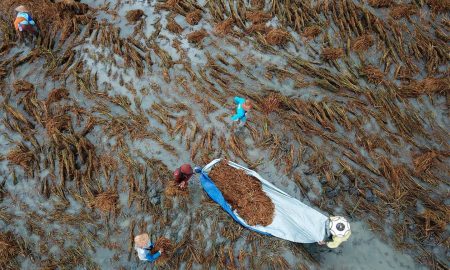Liga Asuransi – Dear readers, how are you? I hope your business keeps growing as expected.
We all agree that one of the benefits of Risk Management and Insurance is the Protection of assets. Risk management can help protect a company’s assets, such as its physical infrastructure, intellectual property, and data, from damage or loss.
As a senior insurance broker, I would like to discuss oil and gas risk management and insurance, particularly for land and offshore drilling rigs.
For all the new readers of this newsletter, I would like to give you the warmest welcome. You can also enjoy reading hundreds of articles by clicking the headings on the website’s top, left, and right sides.
If you are interested in this article, please share it with your friends so they can understand.
Understanding the Drilling Rigs
A drilling rig is an integrated machine to drill oil, gas, or water wells beneath the earth’s surface. The rig is fully equipped with components such as derricks, drill bits, drill string, mud pumps, mud tanks, and power generation equipment – everything necessary to bore a pilot hole into the earth’s crust.
Oil and gas drilling rigs are complex machines that drill deep into the earth’s crust to extract oil and natural gas. The process of drilling a well can take several weeks or months, depending on the depth of the well and the geology of the area being drilled.
Here is a general overview of how an oil and gas drilling rig works:
- Preparing the drilling site
The drilling site must be prepared before the drilling rig is brought in. This involves clearing the land, building access roads, and leveling the ground to provide a stable base for the drilling rig.
- Setting up the rig
Once the site is prepared, the drilling rig is brought in and assembled. This involves connecting the various components of the rig, such as the drill pipe, derrick, and drilling fluid circulation system.
- Drilling the well
With the rig set up, drilling can begin. A drill bit attached to the end of the drill pipe is lowered into the wellbore, and the drilling rig rotates the drill pipe to cut through the rock.
- Circulating drilling fluid
As the drill bit cuts through the rock, drilling fluid (also known as “mud”) is pumped down the drill pipe and through the bit. The mud helps to cool and lubricate the bit, carry rock cuttings to the surface, and maintain pressure in the wellbore to prevent fluids from entering the wellbore.
- Casing the well
As drilling continues, steel pipe (known as casing) is inserted into the wellbore to support and prevent the well from collapsing. Cement is pumped into the annular space between the casing and the wellbore to create a seal and prevent fluids from migrating between different geological formations.
- Completing the well
Once the well has been drilled and cased, it must be completed to allow oil or gas to flow to the surface. This involves perforating the casing to allow oil or gas to flow into the wellbore, installing production tubing, and connecting the well to production facilities on the surface.
Drilling an oil or gas well requires careful planning and execution to ensure that the well is drilled safely and efficiently.
What types, sizes, and capacities of the land rig and offshore rigs?
Land and offshore rigs come in various types, sizes, and capacities, depending on the specific requirements of the drilling operation. Here are some examples:
Land Rigs:
- Mechanical rigs: typically used for shallow drilling operations, with a drilling depth of up to 5,000 feet.
- Electric rigs: more efficient than mechanical rigs and can drill deeper, up to 15,000 feet.
- Hydraulic rigs: similar to mechanical rigs but use hydraulic power for drilling operations.
- Double rigs: two rigs mounted on a single platform, allowing for greater drilling efficiency.
- Triple rigs: three rigs mounted on a single platform, allowing for even greater drilling efficiency.
- Walking rigs: designed to move between multiple well sites without being disassembled, allowing for more efficient drilling operations.
Offshore Rigs:
- Jack-up rigs: movable platforms that can be jacked up above the water level, typically used for shallow-water drilling operations.
- Semi-submersible rigs: floating platforms that are partially submerged in the water, typically used for deepwater drilling operations.
- Drillships: self-propelled vessels equipped with drilling equipment used for deepwater drilling operations.
- Tender rigs: smaller, movable platforms that support the drilling operations of larger rigs, typically used for shallow-water drilling operations.
In terms of size and capacity, land rigs and offshore rigs can vary greatly depending on the specific requirements of the drilling operation.
For example, jack-up rigs may have a drilling depth capacity of up to 400 feet, while semi-submersible and drillship rigs may have a drilling depth capacity of up to 10,000 feet or more. Similarly, the size of a land rig may range from a small, portable rig that can be transported by truck to a large, multi-well drilling platform that requires significant infrastructure and support equipment.
What is the Estimated value in USD of each type of rig?
The value of each type of rig can vary widely depending on factors such as its size, age, capabilities, and location. However, here are some estimated values for different types of rigs:
- Land drilling rigs:
The cost of a land drilling rig can range from a few million dollars for a basic rig to upwards of $20 million for a more advanced rig with greater capabilities.
- Offshore drilling rigs:
The cost of an offshore drilling rig can range from around $100 million for a smaller, shallow-water rig to more than $1 billion for a larger, deep-water rig with advanced capabilities.
- Jack-up drilling rigs:
These rigs are typically smaller and less expensive than other offshore rigs, with costs ranging from around $50 million to $250 million.
- Semi-submersible drilling rigs:
Depending on their capabilities and specifications, these larger offshore rigs can cost anywhere from $500 million to over $1 billion.
- Drillships:
These specialized vessels can cost over $1 billion and are equipped with advanced drilling systems that allow them to operate in deep waters.
It’s important to note that these values are estimates and may vary widely based on several factors, including the current market conditions, the specific equipment and capabilities of the rig, and other factors.
The list of Drilling Rigs Accidents in Indonesia
- Montara Oil Spill in August 2009,
An oil rig owned by PTTEP Australasia in the Montara oil field off the coast of Indonesia experienced a blowout, resulting in a major oil spill. The spill continued for over 70 days, and it is estimated that over 10,000 barrels of oil were released into the ocean.
- PHE WMO Fatal Accident: In May 2018,
A worker at the PHE WMO oil and gas platform in the Natuna Sea died from a fall while performing maintenance on a drilling rig.
- West Atlas Rig Fire: In November 2010,
A fire broke out on the West Atlas drilling rig, which was operating in the Timor Sea off the coast of Indonesia. The rig was eventually abandoned, and it continued to leak oil and gas for several weeks.
- Banyu Urip Incident: In July 2018,
A worker was killed, and several others were injured in an incident at the Banyu Urip oil field in East Java. A malfunction in a drilling rig caused the incident.
These incidents highlight the risks associated with drilling and production operations in the oil and gas industry and the importance of adhering to safety regulations and best practices to prevent accidents and minimize their impact.
What are the coverages of Drilling Rig Insurance?
Rig Insurance is a type of insurance that provides coverage for oil and gas drilling rigs and related equipment.
This insurance is typically purchased by oil and gas companies that own or operate drilling rigs or by drilling contractors who provide drilling services to oil and gas companies.
Rig insurance typically provides coverage for a variety of risks and hazards associated with drilling operations, including:
- Physical d to the rig and related equipment due to accidents, fires, explosions, or natural disasters.
- Liability for property damage or bodily injury to third parties that may result in froing operations.
- Pollution liability covers costs associated with spills or releases of pollutants from drilling operations.
- Crew personal accident coverage benefits crew members’ accidental injury or death while working on the rig.
Rig insurance is typically customized to meet the specific needs of each drilling operation, taking into account factors such as the location of the drilling site, the type of drilling equipment being used, and the nature of the drilling operation.
Oil and gas companies and drilling contractors must work closely with insurance brokers to identify risks and insurance needs and obtain the appropriate coverage to protect and manage their assets.
What are the potential risks and accidents of oil and gas rigs?
Oil and gas rigs are complex and dangerous operations that involve many potential risks and accidents. Here are some of the most common risks and accidents associated with oil and gas rigs:
- Fire and explosions
Oil and gas are highly flammable and can ignite quickly, leading to fires and explosions that can cause significant damage and injury.
- Blowouts
A blowout occurs when the pressure in the wellbore exceeds the strength of the well casing, causing oil, gas, and drilling mud to erupting uncontrollably. Blowouts can cause significant damage to equipment and the environment and can even lead to loss of life.
- Equipment failure
The rig’s many components, including drilling equipment, pumps, and valves, can fail and cause accidents, equipment damage, and injuries.
Worker injuries and fatalities: Working on an oil and gas rig is a dangerous job, with workers at risk of falls, electrical shock, chemical exposure, and other hazards.
- Environmental damage
Accidents on oil and gas rigs can cause significant environmental damage, including oil spills, gas leaks, and other pollution.
- Natural disasters
Oil and gas rigs can also be vulnerable to natural disasters such as hurricanes, storms, and earthquakes, which can cause damage and disruption to operations.
- Cybersecurity threats
Oil and gas rigs are increasingly connected to computer networks, making them vulnerable to cyber-attacks that can disrupt operations, steal sensitive data, and cause other damage.
It’s essential to manage these risks and prevent accidents, including regular safety training, equipment maintenance, and robust safety protocols.
The accidents, losses, and damage to oil and gas Drilling Rigs in Indonesia
Several accidents, losses, and damage have occurred on oil and gas rigs in Indonesia over the years. Here are some notable examples:
Tangguh LNG plant explosion: In 2007
An explosion occurred at the Tangguh liquefied natural gas (LNG) plant in West Papua, Indonesia. The accident caused several fatalities, injuries, and damage to the facility.
- Abadi gas field accident: In 2018
A drilling rig operating at the Abadi gas field in the Arafura Sea caught fire, causing damage to the rig and leading to a temporary halt in operations.
- FPSO Cepu incident: In 2014
The FPSO Cepu vessel used to store and transfer oil from the Cepu oil field off the coast of Java, Indonesia, experienced a fire in one of its engine rooms. The accident caused damage to the vessel, but no fatalities or injuries were reported.
- Gajah Baru oil field accident: In 201,
A wellhead at the Gajah Baru oil field in East Java exploded, causing several fatalities and injuries.
- Natuna gas platform explosion: In 2003,
An explosion occurred on a gas platform in the Natuna Sea, killing several workers and causing extensive damage to the platform.
These accidents and losses highlight the importance of implementing strong safety protocols, regular maintenance, and comprehensive insurance coverage to protect against the financial and human costs of accidents on oil and gas rigs in Indonesia.
Why do rig owners need an insurance broker to arrange land insurance?
Rig owners typically work with insurance brokers to arrange land insurance coverage for their assets, as brokers have the knowledge, expertise, and industry connections to help them secure the most comprehensive and cost-effective insurance solutions for their specific needs.
Here are some of the critical reasons why rig owners may choose to work with an insurance broker:
- Expertise
Insurance brokers specialize in helping clients navigate the complex and ever-changing insurance market. They have in-depth knowledge of the different types of insurance policies available, the terms and conditions of those policies, and the coverage options best suited to their client’s needs.
- Access to markets
Insurance brokers have established relationships with a wide range of insurance providers, which allows them to access a broad range of insurance products and services. This enables them to find the best coverage and terms for their client’s specific requirements.
- Risk management
Insurance brokers can help rig owners identify and mitigate potential risks, which can help reduce the likelihood of accidents or losses occurring in the first place. This can help clients secure more favorable insurance rates, as insurers are often willing to offer lower premiums to companies with strong risk management practices.
- Claims support.
In the event of an accident or loss, insurance brokers can provide valuable support to rig owners during the claims process. They can help to ensure that claims are processed quickly and accurately and that clients receive the maximum amount of compensation to which they are entitled under their policies.
Overall, working with an insurance broker can help rig owners to minimize their insurance costs, reduce their risk exposure, and protect their assets in the event of an accident or loss.
One of the leading insurance broker in Indonesia focusing on oil and gas risk and insurance is L&G Insurance Broker.
Call L&G now for all your insurance needs!
—
LOOKING FOR INSURANCE PRODUCTS? DON’T WASTE YOUR TIME AND CALL US RIGHT NOW
24 HOURS L&G HOTLINE: 0811-8507-773 (CALL – WHATSAPP – SMS)
website: lngrisk.co.id
E-mail: customer.support@lngrisk.co.id
—



